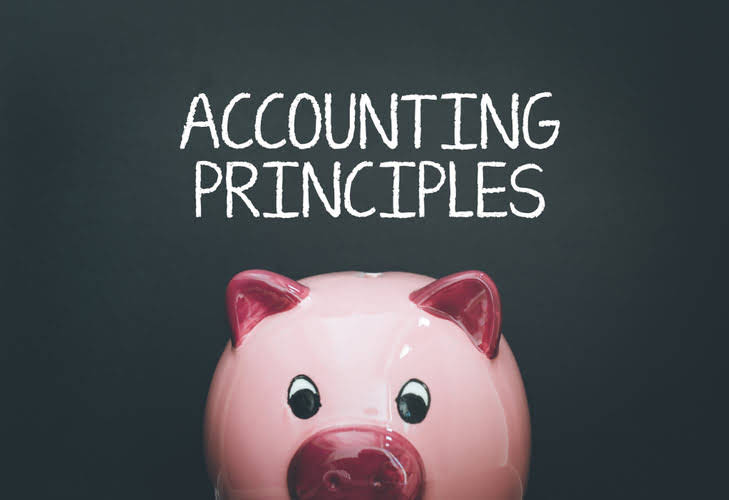Management assertions in auditing

SOX also created the Public Company Accounting Oversight Board (PCAOB)—an organization intended to assess the work performed by public accounting firms to independently assess and opine on management’s assertions. The PCAOB’s Auditing Standard number 5 is the current standard over the audit of internal control over financial reporting. Assertions assist auditors in considering a wide range of issues that are relevant to the authenticity of financial statements.

AccountingTools
- Transactions like prepaid and accrued expenses must be recognized correctly in the financial statements.
- Presentation – this means that the descriptions and disclosures of transactions are relevant and easy to understand.
- For example, the intentional overstatement of revenues has a direct effect upon the existence assertion for receivables and the occurrence assertion for revenues.
- It refers to all the transactions that have been recorded in the appropriate accounting period.
3/ When using the work of a specialist engaged or employed by management, see AU sec. 336, Using the Work of a Specialist. 1/ Auditing Standard No. 14, Evaluating Audit Results, establishes requirements regarding evaluating whether sufficient appropriate evidence has been obtained. Auditing Standard No. 3, Audit Documentation, establishes requirements regarding documenting the procedures performed, evidence obtained, and conclusions reached in an audit. Appropriateness is the measure of the quality of audit evidence, i.e., its relevance and reliability. To be appropriate, audit evidence must be both relevant and reliable in providing support for the conclusions on which the auditor’s opinion is based. Auditors may look at other assets as well to determine whether they are the property of the business or are just being used by the business.

What are Audit Assertions?
However, the presentation of each must reflect the individual characteristics of the transactions. Rights and obligations assertions are used to determine that the assets, liabilities, and equity represented in the financial statements are the property of the business being audited. In other words, if your small business is being audited, the auditor may ask for proof that the cash balance of your bank account belongs to the business. When performing an audit, it is the auditor’s job to obtain the necessary evidence to verify the assertions made in the financial statements.
- Despite auditors’ best efforts, inherent limitations exist in the audit process.
- Entity has the right to ownership or use of the recognized assets, and the liabilities recognized in the financial statements represent the obligations of the entity.
- During the audit process, auditors test all assertions made by the client’s management.
- To verify this assertion, auditors need to analyze if the reported values in the financial statements of the company have taken place.
Account Balance Assertions

Assets and liabilities must be valued relatively, following proper accounting principles. So, providing tests of control within an organisation, in addition management assertions to having such tests serve to strengthen the integrity. Obtaining relevant and reliable audit evidence can be challenging, particularly when dealing with complex transactions or entities that lack adequate documentation. It refers to the fact that all the transactions have been recognized accurately at their correct amounts. For instance, any adjustments required have been correctly reconciled and accounted for in the statements.
- Therefore, even when you identify financial statement level risks, consider whether they might affect assertion level risks as well.
- For instance, the HR department’s charges only contain those expenses that are related to the present fiscal year.
- Through the income statement, accuracy can also affect the balance sheet.
- When preparing financial statements, a business’s or company’s management makes various claims.
Define audit assertion.

Since financial statements cannot be held to a lie detector test to determine whether they are factual or not, other methods must be used to establish the truth of the financial statements. The PCAOB assertions guarantee the transparency and accountability of financials. This assertion states that an entity owns the asset and is legally liable for all its liabilities. This assertion requires that all the disclosed information is relevant to the entity and occurred during the reporting period. For example, Auditors check that net sales the lease contracts disclosed pertain to the entity and are valid. This assertion ensures that transactions are recorded under the right financial category.

In the three main categories of assertions, there is a significant degree of repetition; nevertheless, each assertion form is meant for a distinct element of the financial statements. The first type of assertions, i.e., transaction-level assertions are mostly correlated to the income statement of the company. It is related to the accuracy and fairness of the revenues and expenses recorded by the management. The assertions of presentation and disclosures are related to the fundamental reported values in the financial statements. However, the third category, audit balance assertions, form the claims regarding the balance sheet of the company. They assure that the assets, equity, and liabilities are recorded in the correct amounts and are fair.
Create a free account to unlock this Template
Management assertions are primarily used by the external auditors at the time of audit of the company’s financial statements. The financial statements will be an accurate and fair representation of the company’s worth without these assertions. Reliability in the economic data would never be possible with the absence of these assertions. This assertion is also utilized to determine whether the transactions that are recorded in the financial statements are connected to the entity in question. Examples include manufacturing costs incurred double declining balance depreciation method because of items built in the firm’s manufacturing department, which are recorded as a cost of goods sold in the financial accounts. According to this claim, all the reported transactions usually happen throughout the usual period of the contract.
Responses